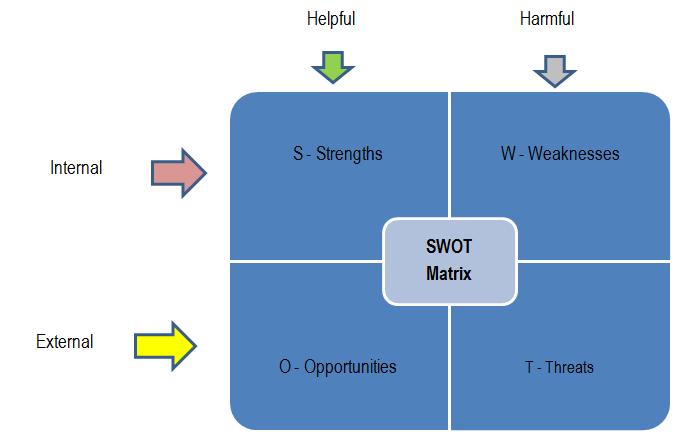Is SWOT analysis a valuable tool for formulating local development strategies still today?

“ 1. A community-led local development strategy shall contain at least the following elements:
(a) the definition of the area and population covered by the strategy;
(b) an analysis of the development needs and potential of the area, including an analysis of strengths, weaknesses, opportunities and threats;…..”Regulation (EU) No 1303/2013
Art. 33 – Community-Led Local Development strategies
Background
The SWOT analysis is a tool widely used when formulating both strategic plans for companies and local development plans.
The reason is that some analytical approaches and SWOT categories (Strengths, Weaknesses, Opportunities and Threats) apply to both business planning and local development planning.
As far as rural development initiatives are concerned, it is worth pointing out that, in order to get approval and finance for their Local Development Plans, Local Action Groups (LAGs) are faced with the task of conducting a SWOT analysis in order to formulate a complete and consistent plan.
Having acknowledged the importance of this tool when formulating territorial strategies, this short article addresses the following question: “ in the current fast-changing world, is SWOT analysis a valuable analytical tool for setting up territorial strategies still today? ”
This question is a pressing issue for companies and local governments (or LAGs) as well.
Actually, in today’s turbulent and fast-changing world, businesses, as well as local governments, are subject to many external factors over which they have limited control: incessant technological progress, demographic and social change, emergence of new leading regions outside Europe, to name a few.
Moreover, external factors to be considered in the analysis are changing rapidly.
Instead, the SWOT analysis is by its nature a static snapshot and it is a very weak predictive tool.
Accordingly, the aforementioned question is also a pressing issue because of methodological reasons.
Proposals for a different use of the SWOT analysis when formulating local development plans
The SWOT analysis builds upon a list of important factors that affect competitiveness of companies or regions. Traditionally, these factors are sub-divided into:
- external vs internal factors;
- helpful (positive) vs harmful (negative) factors.
The final result is a SWOT matrix of four quadrants, in which helpful factors should be regarded as a lever for enhancing competitiveness and tackling harmful factors (see the chart below).
Chart 1 – Conventional SWOT Matrix
Fully accepting that Strengths and Opportunities are positive factors and Weaknesses and Threats are negative factors, it seems to me very important to find new interpretations in order to improve SWOT analysis.
To start, it seems to me more appropriate to consider Strenghts and Weaknesses as:
- factors to a what extent certain;
- factors that local decision-makers can control.
On the contrary, Opportunities and Threats are neither certain nor under the potential control of local decision-makers. They are by definition beyond their control and increasingly uncertain in such a fast-changing world.
As a result you could establish an “impact/uncertainty” matrix in which to allocate Opportunities and Threats according to two parameters:
- an importance score (this score provides an indication of ther potential impacts on local economies);
- a reasonable score regarding their degree of uncertainty.
Chart 2 – Impact/uncertainty matrix regarding external factors
In summary, I hold firmly to the belief that integrating conventional SWOT analysis with an “impact/uncertainty” matrix regarding external factors, this traditional instrument for local planning remains a valuable tool.
